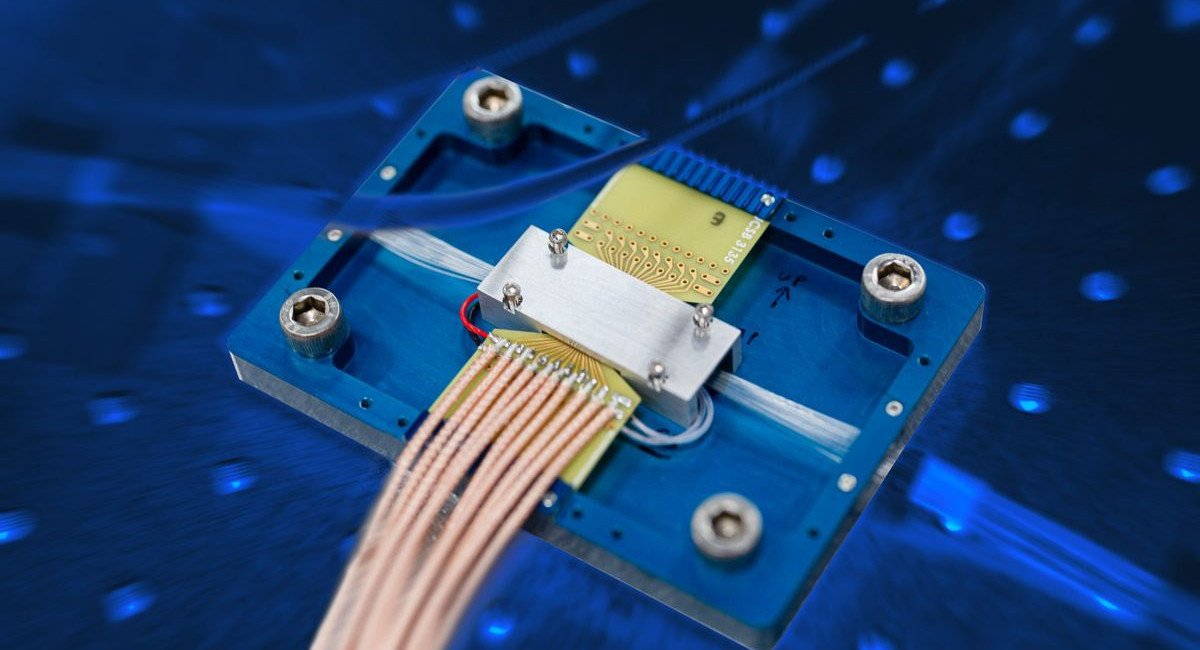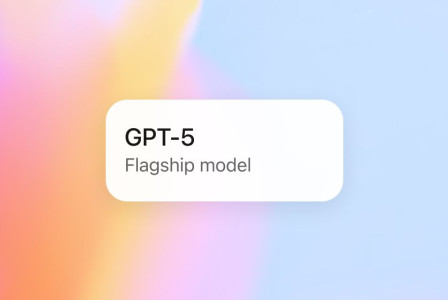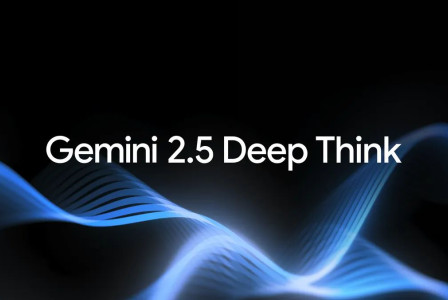SEARCH
Quantum Networking: How Cisco is accelerating practical Quantum Computing

SHARE IT
In the same way that Cisco laid the foundation for the Internet, it is now moving to create the quantum networking technology that will form the basis for the quantum Internet. This ground-breaking technology makes Quantum Computing practical much earlier, compressing timeframes of several decades to just 5 to 10 years.
Now, Cisco is announcing two important developments:
- Introducing Cisco's Quantum Network Entanglement Chip, a groundbreaking research standard that enables quantum networks to be upgraded and quantum processors to be connected to implement applications.
- Launch of Cisco Quantum Labs, our specialized research center in Santa Monica, California, where scientists and engineers are developing the quantum networking technologies of the future.
Pushing the boundaries in quantum technology
Today's quantum processors have just a few hundred qubits, while useful applications require millions. Even the most ambitious plans for quantum computing development predict only a few thousand qubits by 2030.
A few decades ago, classical computing faced similar challenges, until Cisco started connecting smaller nodes through network infrastructures, creating powerful distributed systems in Data Centers and the Cloud. Just as large centralized classical computing systems were gradually abandoned, the future of quantum computing does not lie in a single isolated computer. Instead, scalable quantum Data Centers, where processors collaborate over specialized networks, will be the practical and feasible path of the future.
Companies deploying quantum processors will benefit from Cisco's quantum networking technologies to upgrade their systems. By building this infrastructure, Cisco is contributing to the dynamic evolution of the entire quantum ecosystem.
Cisco's Quantum Network Entanglement Chip
A key element of our vision for quantum networking is Cisco's Quantum Network Entanglement Chip, developed as a prototype in collaboration with the University of California at Santa Barbara. This chip produces quantum-coupled photons that enable instantaneous communication regardless of distance via quantum teleportation, as Einstein described it as "paradoxical action at a distance."
- Compatible with existing infrastructure: Operates at telecommunications standard wavelengths, allowing the use of existing fiber optic infrastructure.
- Practical deployment: Operates at room temperature as a miniature Photonic Integrated Chip (PIC), making it suitable for scalable system development even today.
- This makes it possible to make it suitable for use as a photovoltaic device even today, allowing it to be used in a very small scale: Consumes less than 1 mW.
- High efficiency: generates 1 million high-fidelity entanglement pairs per output channel, at a rate of up to 200 million pairs per second per chip.
From Lab to Reality
Although today we are celebrating the official opening of Cisco Quantum Labs in Santa Monica, our team has been working for years on the foundation of quantum networking. The lab serves as a place where researchers experiment with quantum networking solutions that bridge theory with practical application. Our approach is detailed in an arXiv article entitled "Quantum Data Center Infrastructures", which describes the architecture required for distributed quantum computing systems.
Beyond the Quantum Network Entanglement Chip, we use the lab to develop prototypes covering additional subsystems required to complete the quantum networking stack. These include entanglement distribution protocols, a distributed quantum compiler, a Quantum Network Development Kit (QNDK) and a Quantum Random Number Generator (QRNG). More details of this technology will be announced soon as we complete our vision for quantum networking.
In parallel, Cisco teams are implementing NIST's Post-Quantum Cryptography (PQC) standards across our portfolio, ensuring that traditional networks remain secure in a post-quantum world.
Deploying Quantum Networking in Two Strategic Axes
Cisco's strategy for quantum networking follows two strategic directions:
- Quantum Network for the Quantum World: we are developing infrastructure to connect quantum processors at scale, enabling distributed quantum computing, quantum sensing and optimization algorithms that can transform critical applications such as drug discovery, materials science and the management of complex supply chain issues. Our Quantum Network Entanglement Chip is a cornerstone of this approach.
- Quantum Network for the Classical World: While practical applications of quantum computing may still be a few years away, the principles of quantum networking offer immediate benefits to classical systems such as eavesdropper-proof communication, ultra-precise time synchronization, decision signaling and certified location verification.
What makes our approach powerful is the emphasis on developing both software and hardware. By developing our own network hardware, such as the Quantum Network Entanglement Chip, alongside the overall software platform, we have complete control over the integration to create a complete quantum networking infrastructure.
While some companies focus exclusively on one type of quantum technology (superconducting, ion trap, or neutral atom-based systems), Cisco is creating a vendor agnostic framework that can work with any quantum computing technology. This approach reflects Cisco's historical advantage in networks: We are creating the networking background that will allow all quantum technologies to be deployed.
MORE NEWS FOR YOU

 Help & Support
Help & Support 

